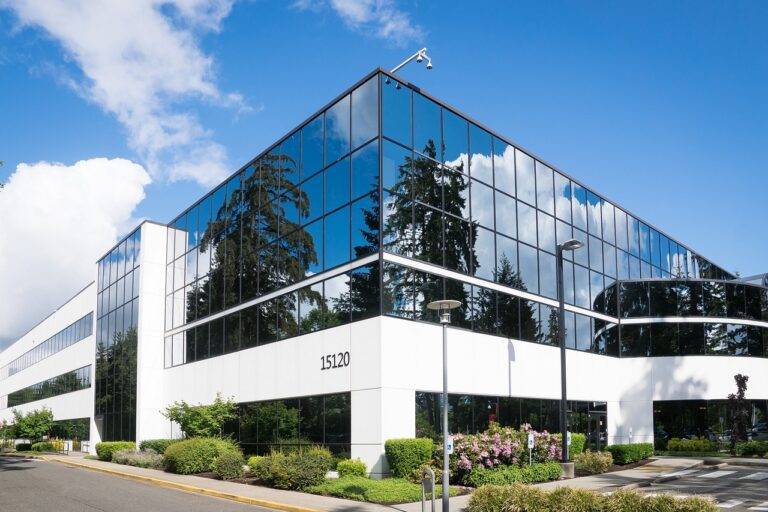The Impact of Business Process Automation on Workforce Dynamics
With the rapid advancement of technology and the changing demands of the global economy, the roles within the workforce have undergone a significant evolution. Traditional job descriptions and boundaries are becoming more blurred as employees are required to adapt to new responsibilities and skill sets. This shift has led to a more dynamic and flexible workforce, capable of navigating complex challenges and embracing innovation.
In the past, workers were often narrowly defined by their job titles and responsibilities. However, in today’s fast-paced and interconnected world, employees are expected to be versatile and multifaceted. This evolution of workforce roles is driven by the need for employees to possess a diverse set of competencies, including adaptability, problem-solving, and collaboration. Employers are increasingly valuing individuals who can wear multiple hats and contribute to various aspects of the business.
The Role of Technology in Shaping Workforce Dynamics
With the rapid advancements in technology, the workforce dynamics have undergone significant transformations. Automation and artificial intelligence have paved the way for new roles and responsibilities within organizations. As machines take on more repetitive and routine tasks, employees are now being called upon to focus on complex problem-solving, creativity, and innovation.
Furthermore, technology has enabled a more flexible and remote work environment, allowing employees to collaborate and communicate seamlessly across different locations. This has not only increased efficiency but has also led to a more diverse and global workforce. With the rise of digital platforms and tools, the traditional boundaries of the workplace have expanded, creating new opportunities for individuals to contribute to projects regardless of their physical location.
How has technology changed workforce dynamics over time?
Technology has significantly impacted workforce dynamics by automating tasks, increasing efficiency, and creating new job roles that require specialized skills.
What are some examples of new job roles created by technology?
Some examples include data scientists, social media managers, and app developers, which were not common job roles before the advent of technology.
How does technology facilitate remote work?
Technology enables employees to work from anywhere by providing tools for communication, collaboration, and project management, making remote work more feasible and efficient.
How can businesses adapt to the changing workforce dynamics influenced by technology?
Businesses can adapt by investing in employee training for new technologies, fostering a culture of innovation, and creating flexible work environments that cater to the needs of a diverse workforce.
What are the potential challenges of technology in shaping workforce dynamics?
Some challenges include job displacement due to automation, the need for continuous upskilling, and concerns about data privacy and security in a digital work environment.






